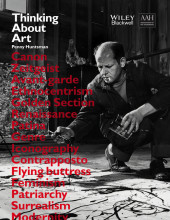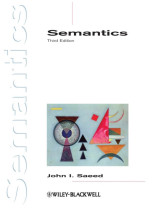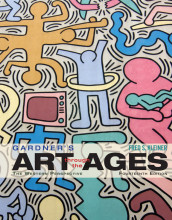Patronage and the Social and Cultural Status of the Artist - Twentieth Century - Collectors and critics
4 important questions on Patronage and the Social and Cultural Status of the Artist - Twentieth Century - Collectors and critics
How did artists make a living in the twentieth century?
How did Jackson Pollock rise to his fame before dying at the age of 44?
How can Jackson Pollock's work be considered to be really true to its medium?
- Higher grades + faster learning
- Never study anything twice
- 100% sure, 100% understanding
Who funded the Abstract Expressionist exhibitions and why?
The question on the page originate from the summary of the following study material:
- A unique study and practice tool
- Never study anything twice again
- Get the grades you hope for
- 100% sure, 100% understanding
































